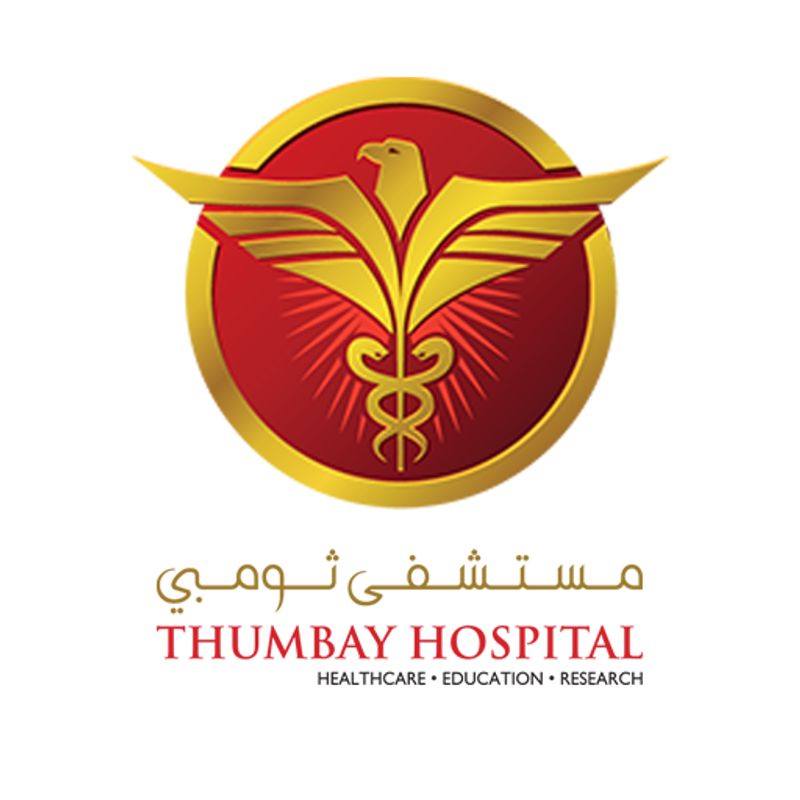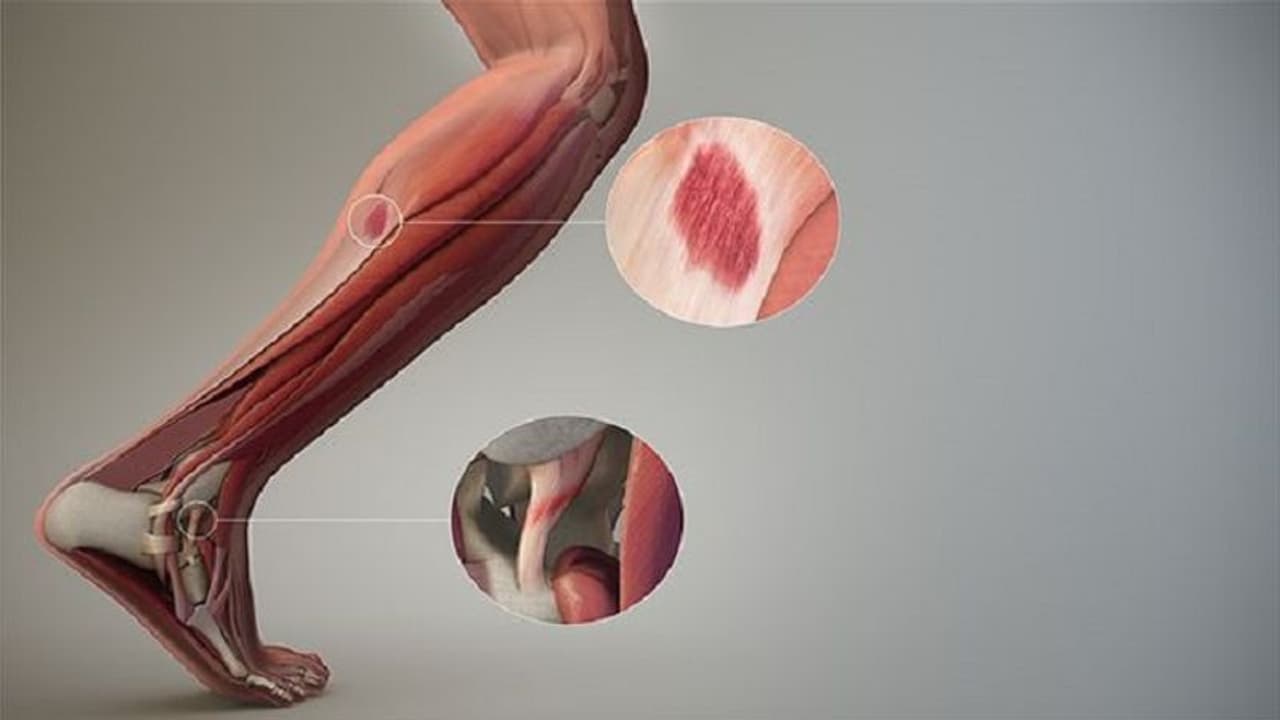Laboratory studies have shown that the increased concentration of growth factors in platelet rich plasma therapy can potentially speed up the healing process.
PRP (platelet rich plasma therapy) is a platelet concentrate that has increased growth factors taken from the patient’s own blood. It has increased healing potential when injected in any part of the body that has been injured or affected. It is basically a concentration of platelet growth factors in small amounts of plasma which creates an ''ideal environment'' for tissue regeneration and is thereby called as “Biological Therapy”.

How Does PRP Work?
Although it is not exactly clear how PRP works, laboratory studies have shown that the increased concentration of growth factors in PRP can potentially speed up the healing process.
It is a relatively new method of treatment for several orthopedic conditions. Thumbay Hospital, Dubai has one of the best facilities for this therapy which proven and successful results.
Many famous athletes — Tiger Woods, tennis star Rafael Nadal, and several others — have received PRP for various problems, such as sprained knees and chronic tendon injuries.
PRP therapy is there for everybody irrespective of age, sex or body types, however the effectiveness of the therapy does depend on so many factors that include:
• The area of the body being treated
• The overall health of the patient (health of the patient’s own autologous platelets)
• Whether the injury is acute (such as from a fall) or chronic (an injury developing over time)
• Inconsistencies associated with PRP preparation and administration
• non-reproducible, autologous blood-derived product
• diversity of preparation methods, commercial or laboratorial, for obtaining PRP
• injection or application techniques, volume of hemoderivative employed and timing and frequency of administration

Typical PRP injection process:
A healthcare professional will draw a sample of your blood. The amount of the sample depends on where the PRP will be injected. For example, the amount of blood taken for injection into the knee for one study was 60 milliliters.
The blood is placed into a centrifuge. This is a machine that spins around very quickly, causing the blood components to separate. The separation process takes about 15 minutes.
A technologist takes the separated plasma and prepares it for injection into the affected area.
What can patients expect after the PRP procedure?
After platelet-rich plasma injections, patients may experience soreness and aching for several days, which is a sign that the healing process has begun. Patients can return to work and other normal activities immediately after treatment but should refrain from heavy lifting and strenuous activity for a few days.
Future of PRP
Even though the success of PRP therapy is still questionable, the risks associated with it are minimal.Since the PRP is produced from the patient’s own blood, there is very little risk for complications with this procedure.
Thumbay Hospital, Dubai is actively involved in this research. The doctors have been showing promising results over a period of time and the future for this therapy looks bright.
This article was contributed by Dr Garg, joint replacement surgeon from Max hospital, New Delhi, India. Internationally trained and experienced Garg was awarded Ian Smillie Class award of Distinction by University of Dundee, United Kingdom for his work in Mch Orthopaedics. He is an expert in doing surgeries that involves less damage to the tissue (keyhole surgeries) and is well trained for arthroscopy procedures, minimally invasive spine surgeries and trauma care.
